Description
The Neurodiversity Reader collection brings together work from pioneering figures within and beyond the neurodiversity movement to critically explore its associated concepts and how they might be translated into practice. The concept of neurodiversity can be traced to the late 1990s and the work of the autistic Australian sociologist Judy Singer (1998), with its origins within the autistic rights movement that had begun in earnest some years prior to that. In the 20 years since the inception of the concept, a strong international movement championing the civil rights of those deemed ‘neurodivergent’ from idealised norms has grown, rallying behind the slogan ‘Nothing about us without us’. Alongside this political movement has been an increasing academic interest in the concept of neurodiversity and how such ideas can relate to practice and service provision.
This collection will explore the history of the movement, the concepts that have shaped it, and where the future might lead to. Through a variety of accounts, the relevance and criticisms of these concepts in understanding ourselves and one another will be examined, as well as implications for practice.
Audience
Readers from differing stakeholder positions in health, social care and education, and/or working in a number of allied roles and fields, will find this an invaluable resource on the topic. This collection will also be of fundamental use to students studying neurodevelopmental disabilities.
Details
ISBN: 9781912755394
Publication Date: September 2020
Contents:
Chapter 1: Neurodiversity past and present – an introduction to the neurodiversity reader
By Damian E M Milton
Chapter 2: Mind as a Dynamical System – Implications for Autism
By Mike Lesser and Dinah Murray Autism & Computing, London, UK
Chapter 3: Dimensions of difference
By Dinah Murray
Chapter 4: Perceptual deviants: understanding autistic subjectivities in a (not so) predictable world
By Gemma L. Williams, University of Brighton
Chapter 5: What kind of thing is autism?
By Robert Chapman, Department of Philosophy, University of Bristol
Chapter 6: Stigmaphreniac: Reducing mental health stigma with a script about neurodiversity
By Chloe Farahar and Louis Bishopp-Ford
Chapter 7: Neurodiversity: not just about autism!
By Maura Campbell
Chapter 8: Multiplicity and neurodiversity – exploring potential in Deleuzoguattarian social theory for furthering a paradigm shift
By Donna-Lee Ida, BSc. (Hons), UMHAN
Chapter 9: From neuronormativity to neurodiversity: changing perspectives on autism
By Linus Mueller
Chapter 10: Neurodiversity is for everyone
By Fergus Murray
Chapter 11: An act of resistance
By Carl Cameron
Chapter 12: New light through old windows
By Paul Davies
Chapter 13: Female neurodiversity and the emotional leeching boyfriend By Anon
Chapter 14: The perpetual bookworm – avid reading and the moment the penny dropped
By Susan Harrington
Chapter 15: A few words on a lot of living
By Paul Wady
Chapter 16: Communicating away the barriers
by Anna Barzotti
Chapter 17: Autism: understanding behaviour
By Dr Michael McCreadie and Dr Damian Milton
Chapter 18: Challenging Behaviour(ists) – Neurodiverse Culture and Applied Behaviour Analysis
By Owen McGill, MSc, BSc (Hons), School of Education, University of Strathclyde
Chapter 19: ‘Zero tolerance’ of black autistic boys: are schools failing to recognise the needs of African Caribbean boys with a diagnosis of autism?
By Olatunde Spence
Chapter 20: Neuro-queering music therapy
By Jessica Leza, MA, MT-BC
Chapter 21: From difference to diversity in school
By Dr Rebecca Wood
Chapter 22: ‘I’d like to tell them what gets left-out or ‘unsaid’: Autism, neurodiversity and employment experiences in neoliberal times
By Sharon Elley, Angie Balmer, John Wilson and Akiva Secret
Chapter 23: A literature review exploring the efficacy of person-centred counselling for autistic people
By Lisa Cromar
Chapter 24: Autism and addiction
By Tania Browne
Chapter 25: Establishing neurodivergent authorship in the sexual violence debate
Dr Susy Ridout (Associate Lecturer (Neurodiversity and Inclusion), Oxford Brookes
University)
Chapter 26: University through the eyes of autistic students and staff
Professor Nicola Martin. PhD London South Bank University (LSBU)
Critical Autism and Disability Studies Research Group.
Chapter 27: Accessing services and social interaction: strategies used by autistic people
By Marion Hersh, Sharon Elley, Zyggy Banks, Panda Mery, David Cowan & Cal
Watson

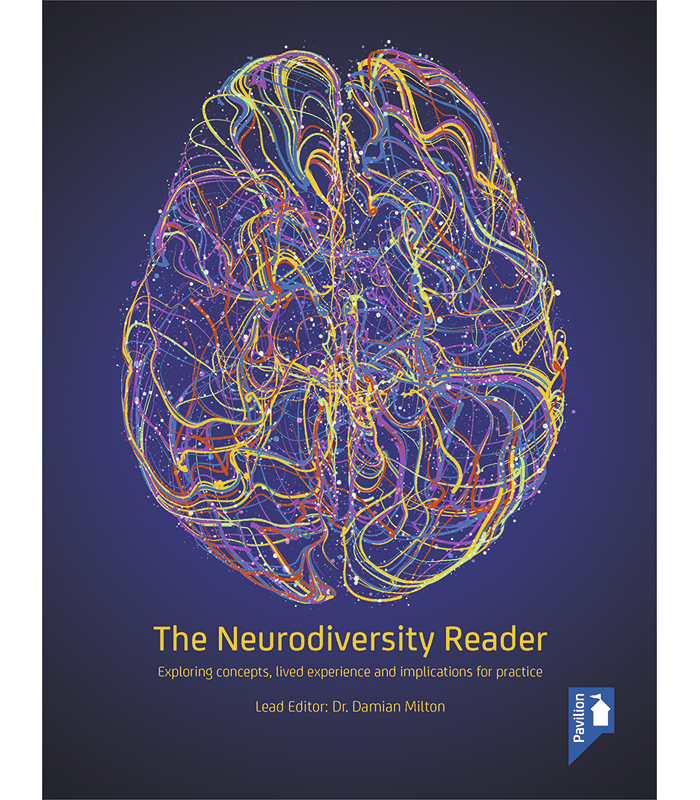
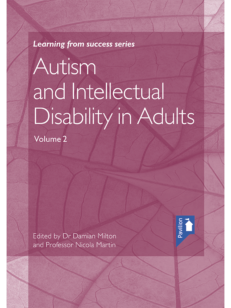
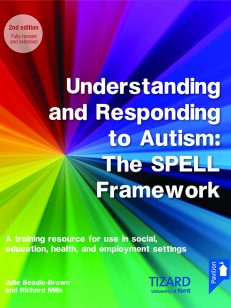
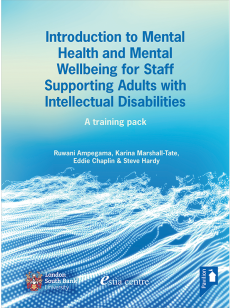
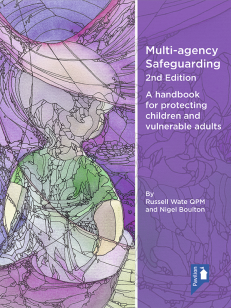
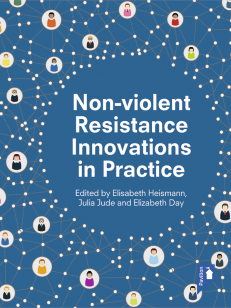
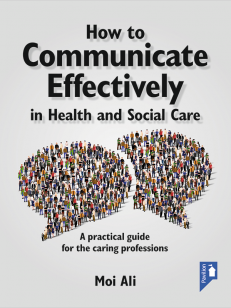
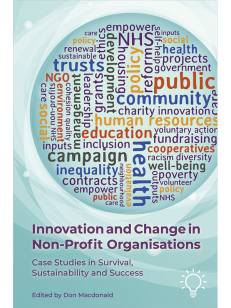
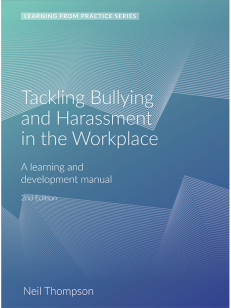
Reviews
There are no reviews yet.